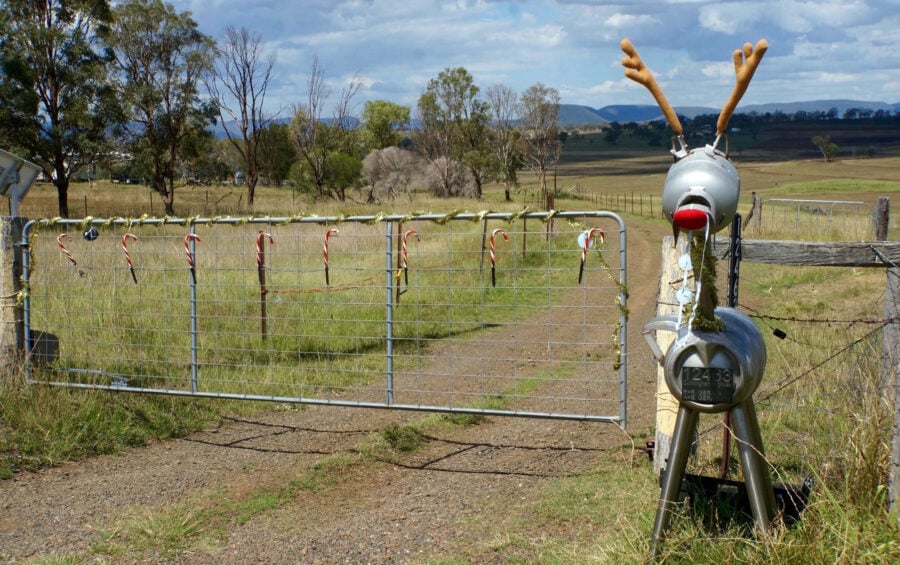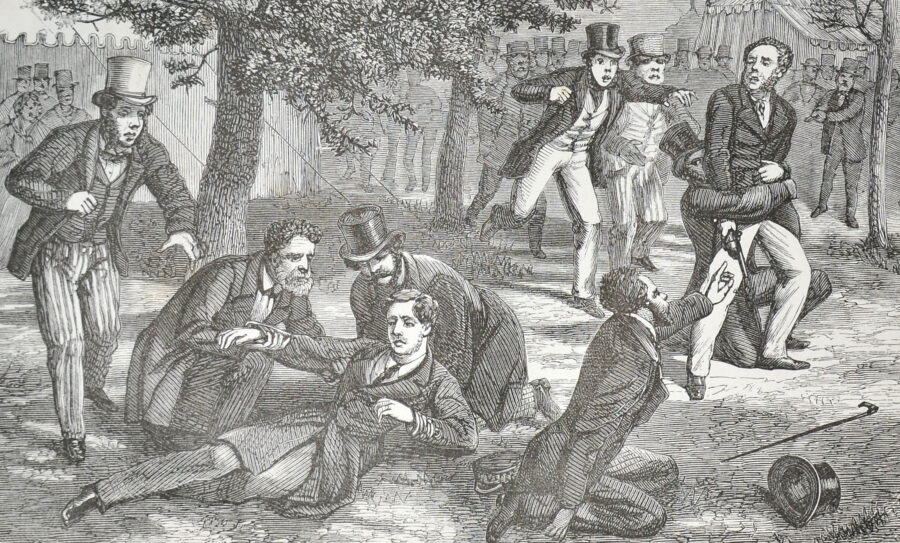Cloudland: The beloved Brisbane ballroom demolished in secret
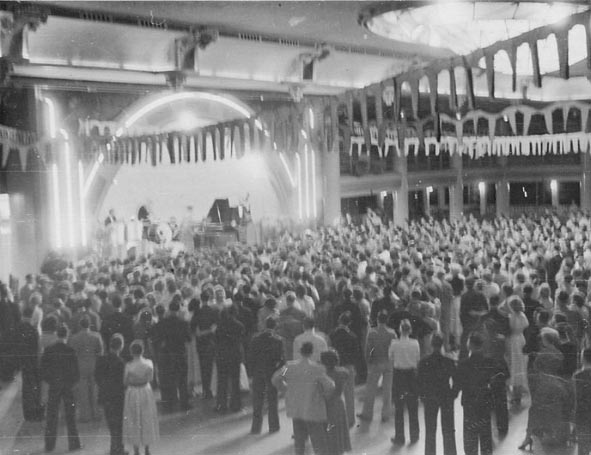
The National Trust-listed ballroom had been a cornerstone of Brisbane’s entertainment and social scene for 35 years, hosting concerts, dances, state receptions, debutante balls and even university exams.
It was torn down in less than an hour.
Built between 1939 and 1940, Cloudland Ballroom actually began life as a Luna Park attraction. The eccentric amusement park architect T. H. Eslick had arrived in Queensland’s capital in 1938, determined to build Brisbane’s own Luna Park – but his timing couldn’t have been worse; six months after the first sod was turned in March 1939, World War II broke out and Australia was at war.
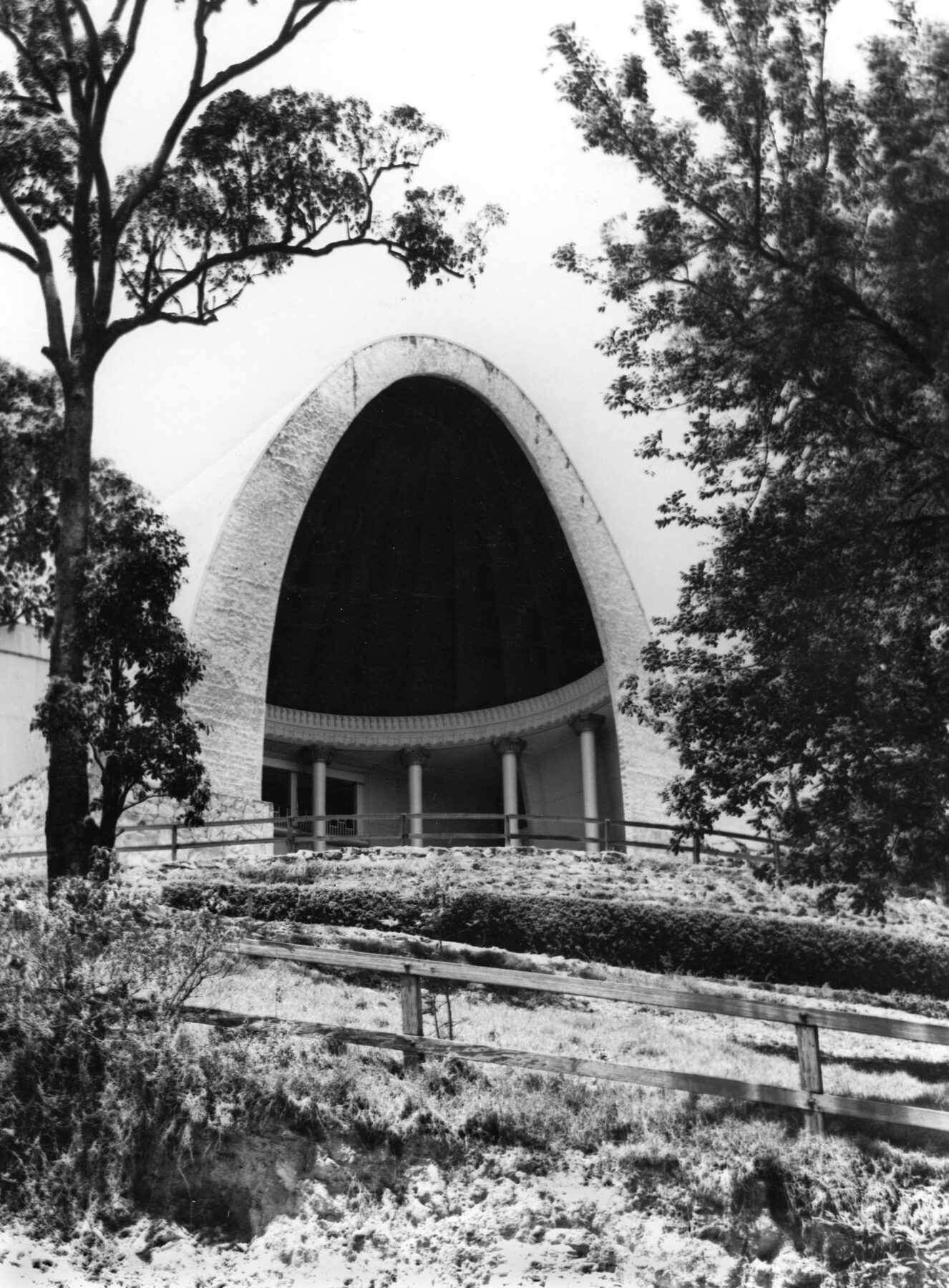

Construction was plagued by bad luck and plenty of drama, from night-time burglaries to spats with quarrelsome unionists. In March 1940 an arsonist lit a fire inside the half-built Cloudland Ballroom and narrowly escaped with his life after a gunslinging watchman chased him through the flames.
The Queensland Times reported: “This was the third time on which nightwatchman [Reuben] Ruenalf, world’s champion marathon ball-puncher, has figured in sensational happenings at Luna Park. Last week, he was knocked unconscious with a brick by two thieves he disturbed, and a month ago he was punched on the jaw by two thieves whom he came upon stealing tools.”
But the worst had yet to come. In November that year, the park’s unfinished – and uninsured – rollercoaster was toppled by strong winds, which sent the 45m-tall wooden structure crashing to the ground. It was never rebuilt.
Cloudland Ballroom was the jewel in Luna Park’s crown. No expenses were spared on its opulent design, which had a mishmash of Art Deco, Art Nouveau and Grecian architectural influences. The extravagant ballroom was among the largest in Australia. It had a sprung dance floor that could accommodate up to 1000 dancing couples, as well as a bandstand, Grecian columns, a crystal chandelier and curved staircases leading to a mezzanine level with tiered seating.
“It is a ballroom the like of which has never been seen in Australia,” The Telegraph reported on 11 June 1940. “Its motif is pure Renaissance based on the Hall of Mirrors, Versailles, but without the mirrors.”
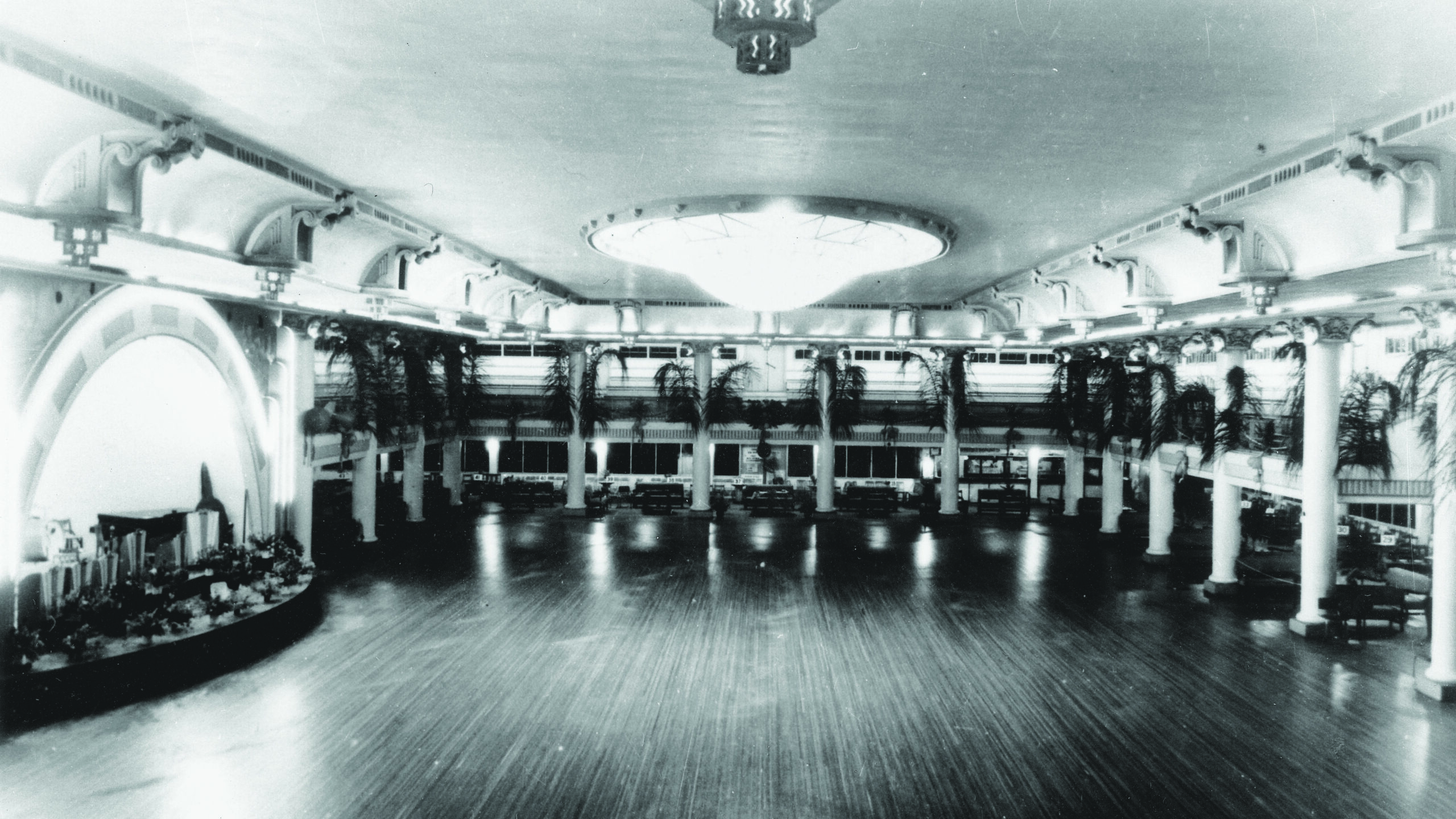
Built on the crest of a hill, the ballroom had an 18m-tall arch that was illuminated at night and could be seen for miles around. This hill was so steep that a funicular – cable railway – was built in the 1940s to transport patrons to the ballroom, although this was dismantled in the 1960s and replaced with a car park.
Brisbane’s Luna Park opened on 2 August 1940 with a gala at Cloudland Ballroom (although much of the amusement park area was not yet complete). “With its myriad twinkling lights beckoning from the heights of Bowen Hills, Cloudland, Luna Park’s ballroom, attracted hundreds to the official opening [last night],” reported The Courier-Mail on 3 August 1940. “Soon 100 couples were dancing on the spacious floor to the music of Billy Romaine’s orchestra, and hundreds more watched the scene from the alcoves and galleries.”
The article also quoted the vice-mayor’s encouraging remarks during the opening ceremony, in which he expressed his confidence that the park’s shareholders and directors “will be rewarded for their pluck in investing £65,000 so that Brisbane can enjoy the best ballroom in the Southern Hemisphere”.

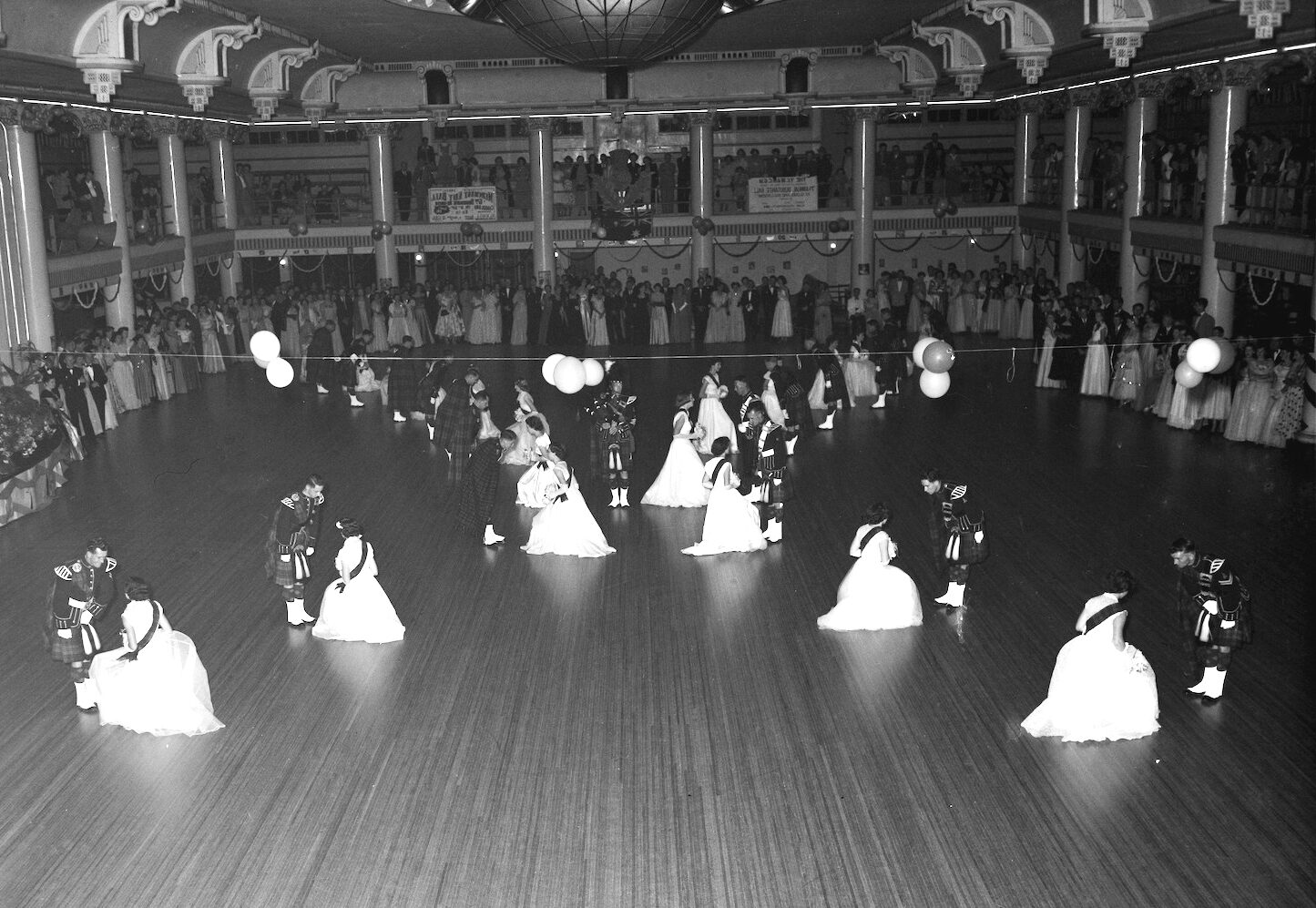
The amusement park unfortunately received a tepid response from wartime society and closed within six months. The slippery T. H. Eslick went into hiding to escape his creditors, but was later hauled before a bankruptcy court in November 1942.
There were a few attempts to revive the park and its vacant ballroom in late 1941, with little success. After receiving no bids during a public auction in February 1942, the site was requisitioned by the US military and used as an American camp called ‘Camp Luna Park’. When the US military vacated the site at the end of the war, it restored the ballroom to its original condition by repainting the interior and restoring its sprung dance floor.
It was after the war that Cloudland Ballroom came into its own. The site’s ‘Luna Park’ name was scrapped when the ballroom reopened to the public in early 1947. It quickly became one of Brisbane’s most popular entertainment venues, hosting dances and concerts by some of music’s biggest names of the 50s, 60s and 70s, including Buddy Holly, the Bee Gees, Jerry Lee Lewis, Cold Chisel, AC/DC, Midnight Oil and more.
Cloudland’s 1982 demolition remains a sore topic for many people in Brisbane, who have fond memories of the ballroom. The secretive bulldozing operation began at 4am and was carried out by the Deen Brothers, a wrecking crew who’d gained notoriety three years earlier for razing the historic Bellevue Hotel for then-premier Joh Bjelke-Petersen, despite mass public protests to preserve it.
This time, the Deen Brothers had been hired by property investor Peter Kurts, owner of Cloudland Ballroom. Kurts had spent several years restoring the ballroom only to receive limited financial returns. Now, he wanted to build an apartment complex on the site – but knew there’d be protests if the people caught wind of his demolition plans. Kurts had to act quickly, before the truth leaked to the public. After it was destroyed, Kurts cited “safety concerns” as the reason for the overnight demolition.
